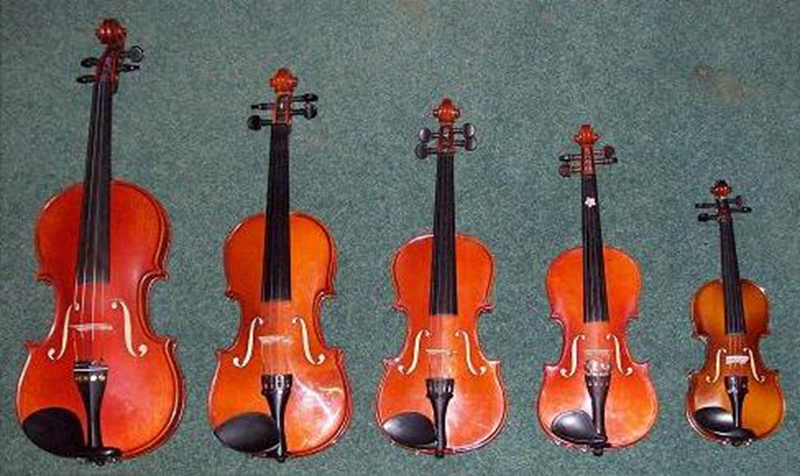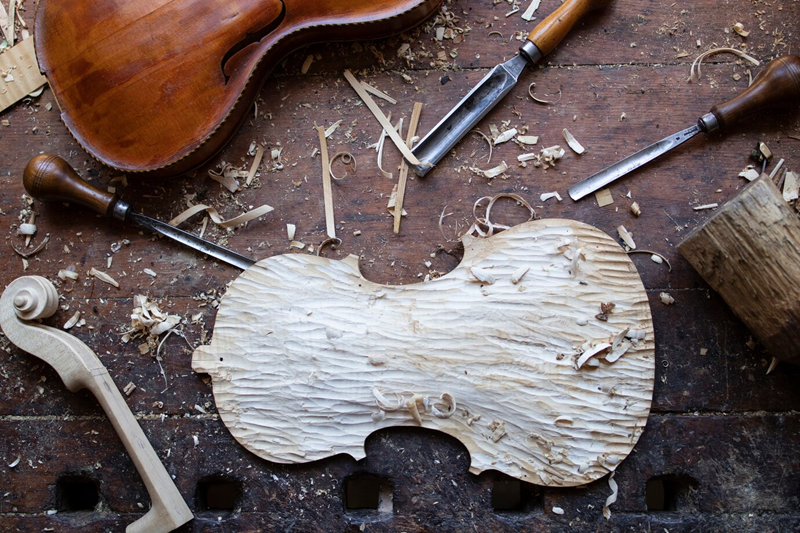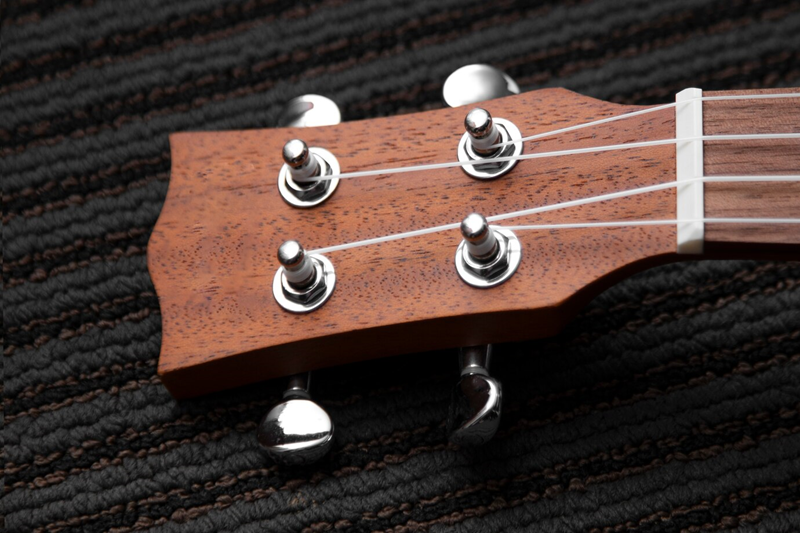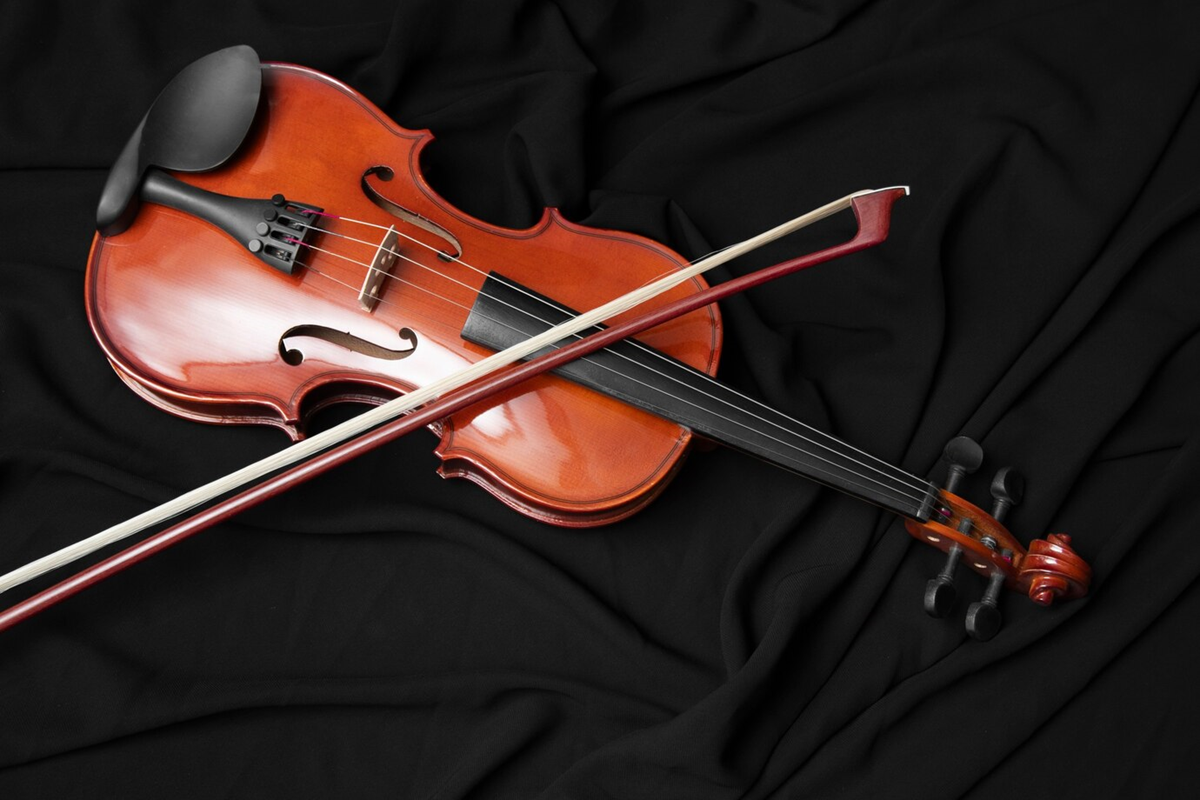Buying a violin for the first time can be a daunting task. Whether you’re buying one for yourself or your child, you should be careful because there are so many options on the market to consider, and this can be both confusing and exhausting for beginners. To ensure that you’ll make the right choice, first, you’ll need to take into account some important things.
Getting the Right Size

Choosing the right size is certainly one of the first and most important things you should check when in search of a good, comfortable and easy-to-play violin instrument. You may not be familiar with this, but buying the wrong size can cause physical pain while performing which is why a lot of novice players end up giving up on their dream to play. That’s why, you should do thorough research and consider all of the options available on the market. Generally speaking, you can choose from nine different sizes (1/32, 1/16, 1/10, 1/8, ¼, ½, ¾, 7/8 and 4/4) and children usually stay at the one size for about year to year and a half. Adults, on the other hand, usually play on a 4/4 violin which is full-size, however, this also depends on its size and height. Petite persons, for instance, should be better with a 3/4 or 7/8 violin.
Putting an Accent on the Sound’s Quality
The one thing violinists want (whether beginners or not) is a violin instrument that produces excellent sound and this can be only obtained if investing in one made from good-quality strings. By investing in factory strings (and not some cheap ones), you can expect that your instrument will produce a powerful, good, quality and warm sound which will encourage you to keep on practising and playing. One thing is certain, make sure to stay away from cheap strings, especially the ones made in China because they produce poor sound, so you’ll end up giving up on practicing which would be a shame.
Material

For centuries, violin makers have been designing violins from wood, maple and spruce for instance, since both of them are considered the best wood types for the job. When in the search for a quality and good instrument of this kind, look for one that has its neck, back and sides (ribs) made from maple, while the top should be made from spruce. On the other hand, the nut, pegs and fingerboard should be made from boxwood which is basically a strong, dense and hard-wearing wood. You should certainly stay away from the ones made from laminated wood because these instruments literally sound awful. Plus, tuning them is almost impossible and this is one of the most important things you should obtain when buying a violin.
Look for After-Sales Servicing/Warranty
Whether you like it or not, the truth is that violins and most string instruments are in need of regular servicing to ensure they remain in their best possible shape. Their overall performance can be affected by simple things like accidental knocks and bumps, changes in temperature and even humidity. If you’re dealing with an instrument that comes from a trusted seller, then you can have peace of mind that the chosen model comes with after-sales servicing and warranty.
In order to keep it in good shape, practice shows that you should service your violin every 2-3 weeks after the purchase, and every 6 months after that. The last thing you should consider asking is whether the violin’s price includes free after-sales services and support or not.
Professionally Set Up Violin

Last but not least thing you should have in mind is choosing a violin that comes with a professional setup by a trained luthier (professional string instrument maker or repairer). When dealing with a professional, you can have peace of mind that he/she will make adjustments to the bridge, fingerboard, nut, pegs and sound post of a violin. This will positively affect not only its sound but also the instrument’s state. If your violin isn’t set up like that, you’ll find it extremely difficult to play with it. Not to mention that the sound will be terrible and this can be quite discouraging for you and all other beginners.
Ideally, you should look for a quality violin that comes from a trusted and reputable store that offers string instruments like this coming from reliable manufacturers. That way, you can be sure that your violin will be set up professionally by an experienced and trained maker/repairer.
Once you have your violin, it would be better if you find yourself a professional violin teacher so you can learn the basics, and if you plan on playing, you can even enrol on more classes. If planning to play with a professional teacher, it would be better if you first consult with him/her about the violins, type, size and brand.

Leave a comment